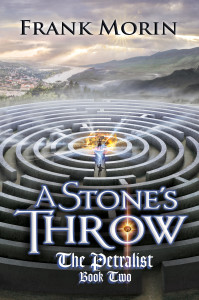*Please note that this is part one of a two part series. The second part of this series will be posted on Thursday, December 17th.*
It never fails. I sit down, Scrivener doc open and ready. And I’m terrified and completely unsure of where to begin. Luckily this year, I’ve discovered two books that have forever changed my writing process from here on out.
Many people will tell you to just sit down and write. Some will say to have an overall plan, but the important thing is that you sit down, every day, and write, no matter how painful it is. I offer you an option three: plan. And plan carefully.
In K.M. Weiland’s book Outlining Your Novel, she writes:

“Each author must discover for himself what methods work best for him. Just because Margaret Atwood does X and Stephen King does Y is no reason to blindly follow suit. Read widely, learn all you can about what works for other authors, and experiment to discover which methods will offer you the best results.
My own writing routine is a constantly evolving process. What worked for me five years ago isn’t necessarily what works for me now, and what works for me now isn’t necessarily going to work for me in another five years.” (Page 18)
Indeed, you should do exactly what works for you, even if a famous writer says it’s the worst advice she’s ever heard. You should do it if an author you don’t necessarily like also adheres to the same advice as you do.
So, if you’ve decided outlining is for you (and Weiland goes through pros and cons in the very first chapter to help you decide), where do you go from there? In the rest of the book, Weiland overviews every pre-writing method I’ve ever seen, from crafting your premise to writing your pitch, character sketches to character interviews.
What I love most about Outlining Your Novel is that you don’t have to do every single exercise in the book. You get to choose what will be helpful for your process. But Weiland doesn’t skimp on giving you ideas about how to think about your novel in the conceptual stage, as she shows you how to approach shaping your creative ideas into a tangible game plan.
One of the items I found incredibly helpful was in chapter four. Weiland encourages you to look at all possible outcomes, all possible conflicts that could arise with the characters you’ve chosen or in the situations you’ve dreamed up.
“Even when you think you have a plot problem all figured out, push a little farther by asking a few more questions. What if something else happened in this scene? What would change as a result? Would the resultant shifts be for the better or for the worse?” (Page 69)
Sometimes we get so married to an idea that we don’t even want to consider other ideas. You aren’t doing your story justice if you could dream up an excellent side story, a secondary conflict, or a great additional character to make the world richer. Ask yourself what’s expected, and then what’s unexpected.
At first blush, I’ll admit I questioned if I really needed Outlining Your Novel. I’ve been 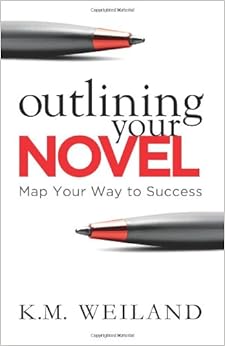 writing for over a decade. I have my degree in creative writing. Is this book really going to help me? I wondered. And the answer is a loud, enthusiastic yes. From me to you, yes, this book will absolutely help you. Some of the knowledge is common. But I found that I was pleased to have a reminder of that knowledge. K.M. Weiland digs deeply into the pre-writing process, deeper than I have ever gone. This is an incredible resource to have in my library when I’m dreaming up a new story, and I think it could be for you as well.
writing for over a decade. I have my degree in creative writing. Is this book really going to help me? I wondered. And the answer is a loud, enthusiastic yes. From me to you, yes, this book will absolutely help you. Some of the knowledge is common. But I found that I was pleased to have a reminder of that knowledge. K.M. Weiland digs deeply into the pre-writing process, deeper than I have ever gone. This is an incredible resource to have in my library when I’m dreaming up a new story, and I think it could be for you as well.
On Thursday, look for part two of this series when I go over K.M. Weiland’s Structuring Your Novel.

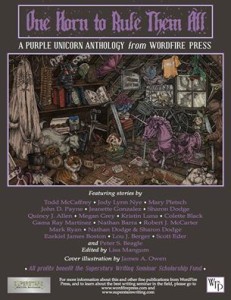
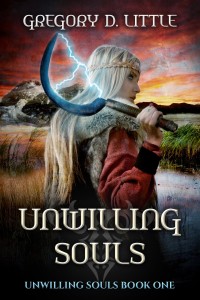
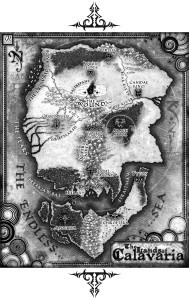 lly.
lly.


